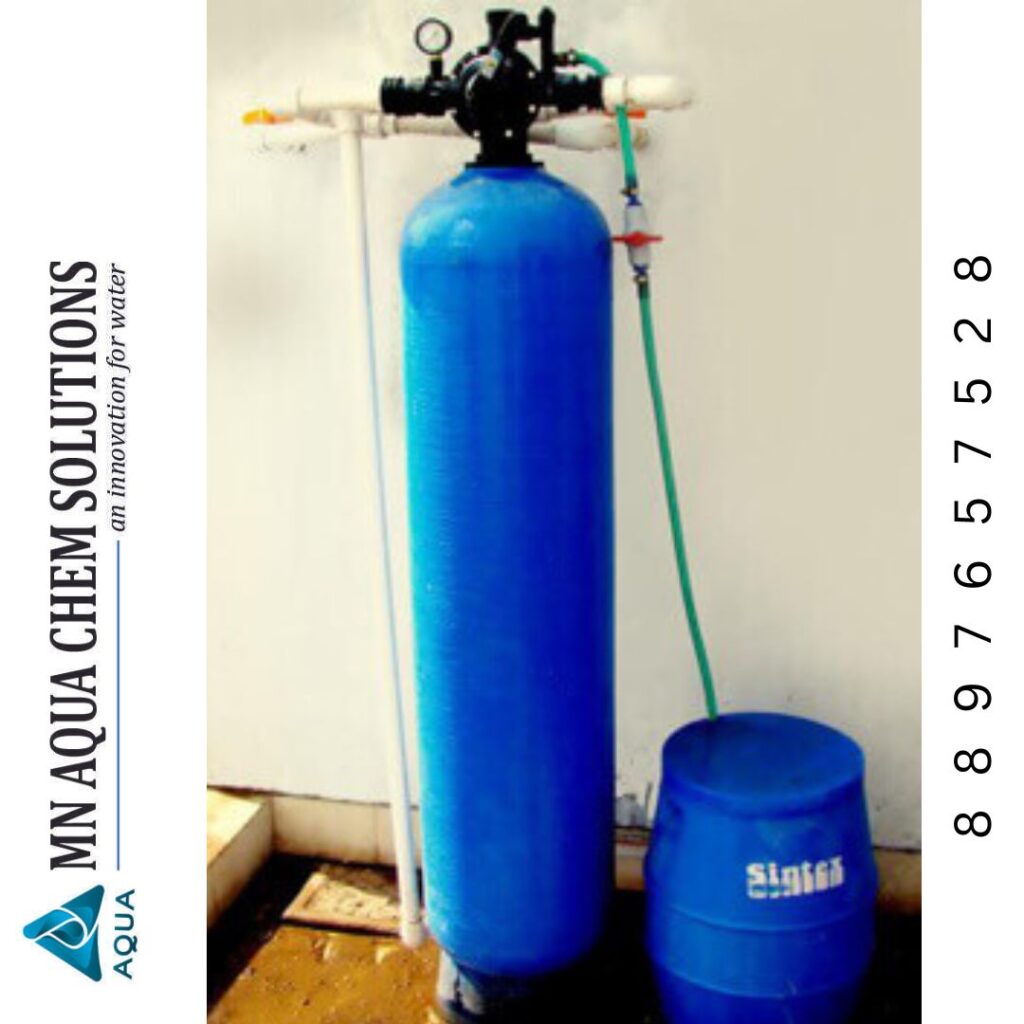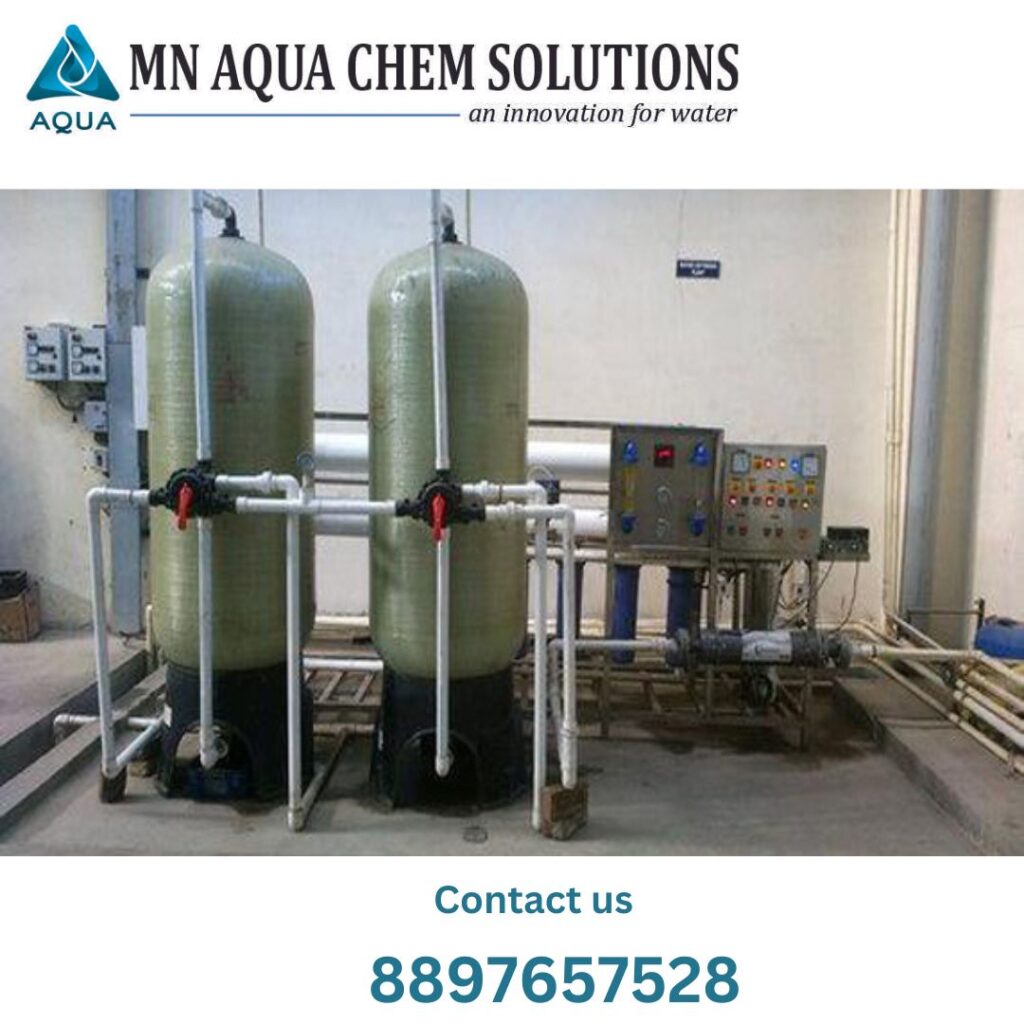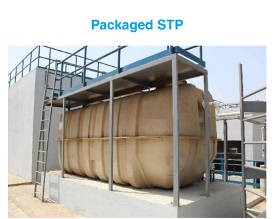
Planning to buy a Water Softener for home ?
Planning to buy a water softener, here is the ready reckoner to help you in choosing the best and most suitable water softener for your home. You only need some information about the water hardness, daily usage and operating mode to get to know the best and most affordable water softener for you.
What is a water softener?
A water softener is a whole-house filtration system that removes hardness-causing calcium and magnesium minerals from your water through a process called ion exchange. A water softener addresses one of the most prevalent and devastating water problems: hard water. Hard water wreaks havoc on the modern home. Scale builds up in your pipes, clogging them and decreasing water pressure. Scale dramatically shortens the lifespan of appliances like dishwashers, coffee makers and ice machines. Hard water destroys hot water appliances. The higher the temperature of the water, the more calcium and magnesium will solidify and harden into solid deposits inside your hot water heater. If you live in hard water territory, it can sound like your water heater is popping popcorn. This is because scale has attached itself to the heating element. As the temperature of the heater rises and the tank expands, the calcified rock deposits crusted on the heating elements start cracking and stretching. Hard water-induced scale is the culprit of that popcorn popping sound.
Without a water softener, laundry demands extra detergent to prevent it from looking dingy. Dishes will come out of your dishwasher streaked and stained. Filmy scum builds up on your shower curtains and your soap and shampoo will not lather. Bathing in hard water leaves your skin itchy and dry and your hair lifeless and sticky. The sheer amount of time, energy, and money required to clean up the detrimental side effects of hard water is dizzying. A whole house water softener is the solution to the scourge of water hardness.
How does a water softener work?
A water softener removes calcium and magnesium from water through a process called ion exchange. When the hard water enters into the mineral tank, it flows through a bed of spherical resin beads. These plastic beads, usually made from polystyrene, are charged with a sodium ion. The resin beads are anions, meaning they have a negative charge. The calcium and magnesium minerals have a positive charge, making them cations. Since opposite charges attract, the negative charge of the minerals is attracted to the positive charge of the resin beads. As the hard water passes through the resin, the beads grab ahold of the mineral ions and remove them from the water. When the bead seizes the mineral ion, the sodium ion is released. The column of resin strips all the hardness out of the water as it passes through the mineral tank, and softened water flows out into your home.

What are the components of a water softener?
A water softener is made up of three components: a control valve, a mineral tank, and a brine tank. These three work in conjunction to remove the minerals from hard water, monitor the flow of water, and periodically clean the system through a regeneration process.
1. The mineral tank
The mineral tank is the chamber where the hard water is softened. The water supply line feeds the hard water into the tank. The water seeps through the bed of resin beads, depositing the water-hardening calcium and magnesium ions. The water exits the tank soft and flows through your pipes and out to your household appliances.
2. The control valve
The control valve measures the amount of water passing through the mineral tank and into your house. The valve houses a meter that tracks the volume of water entering the mineral tank. As hard water flows through the mineral tank, the resin beads exchange their sodium ions for hardness ions. Over time, this depletes the capacity of the resin to continue to effectively soften water. Before the beads become too burdened with mineral content to continue removing calcium and magnesium ions, the control valve automatically initiates a regeneration cycle. This maximum capacity is pre-programmed into the control valve’s onboard computer and is based on a range of factors, like the size of your house, the number of occupants, and the hardness of your water. Control valves are demand-initiated controllers, which allow water softening units to be extremely efficient.
3. The brine tank
The brine tank aids the water softening system in regeneration. It is a shorter tank that sits adjacent to the mineral tank. The brine tank holds a highly concentrated solution of salt (or sometimes potassium) to restore the resin beads’ positive charge. Salt is manually added to the brine tank in the form of pellets or blocks. These dissolve in the water at the bottom of the tank. When the control valve registers the softening capacity of the resin is diminishing, the heavy brine solution is drawn out of the tank and flushed through the resin in the mineral tank. If the brine tank runs out of salt, the water passing through the unit will no longer be softened.
Which water softener is right for you?
When choosing the best water softener for your needs, three primary considerations are:
- Hardness of your source water
- Daily water usage and application
- Ease of operation
All Water Softeners manufactured by Pearl Water are described below for suitable application.
if you don’t know the hardness of your source water then take the help of a water hardness testing kit. You can order the kit online. Hardness above 500 PPM is considered high. Water Softener having a capacity of more than 500 LPH is suitable for whole house water system.

Fully Automatic Whole House Water Softeners – Pearl Water has launched multiple fully automatic water softeners as per softening capacity and water hardness.
These water softeners are suitable for the whole house water softening system to provide you soft water in each and every faucet of your home. You can use soft water in the washing machine, kitchen, bathroom, and even store the soft water in water tanks to get soft water at any time. These water softeners are fully automatic and perform multiple operations like auto regeneration as per set frequency, water softening, an auto shut-off, and even counting the output water flow automatically.
Semi Automatic Whole House Water Softener:- Pearl Water has launched multiple semi-automatic water softeners as per softening capacity and water hardness.
These water softeners are suitable for the whole house water softening system to provide you soft water in each faucet of your home. You can use the soft water in the washing machine, kitchen, and bathroom and even store the soft water in water tanks to get soft water at any time. These water softeners are semi-automatic and perform multiple operations like regeneration, water softening, bypass to drain and others with the help of a multiport valve on the top.
Single Purpose Water Softener:- Pearl Water has recently launched a semi-automatic water softener of capacity 200 LPH for low hardness. It is available in small sizes and can be installed anywhere in your home like the kitchen, bathroom, laundry, etc. This water softener is preferred for a single purpose due to its, low water softening capacity but you can store the water in overhead tanks to use for other purposes also.
200 LPH Semi-Automatic Domestic Water Softener Inlet Hardness 500 PPM
Washing Machine Water Softener:- Pearl Water manufacture and supply washing machine water softener to protect your washing machine from hard water and secure your clothes from limescale and impurities. Use this water softener to keep the shining of clothes and also retain their color and softness. This water softener can work with both manual and automatic washing machines. It has a softening capacity of 250 LPH and can work on hardness up to 400 PPM.
MN Aqua Chem Solutions also Suppliers custom water softeners for the whole house water system. Contact us at +91-8897657528 to get the estimated price for your custom order.




